Click here to view image
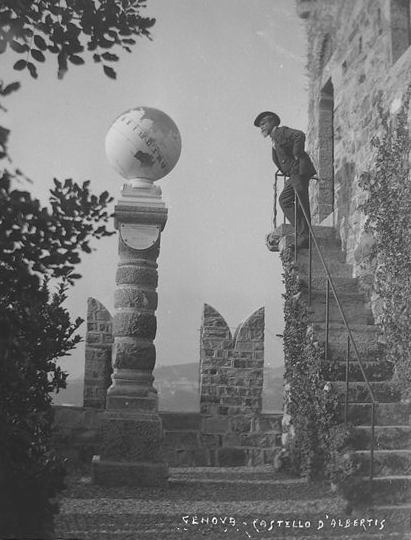
Click here to view image

Click here to view image
Click here to view image
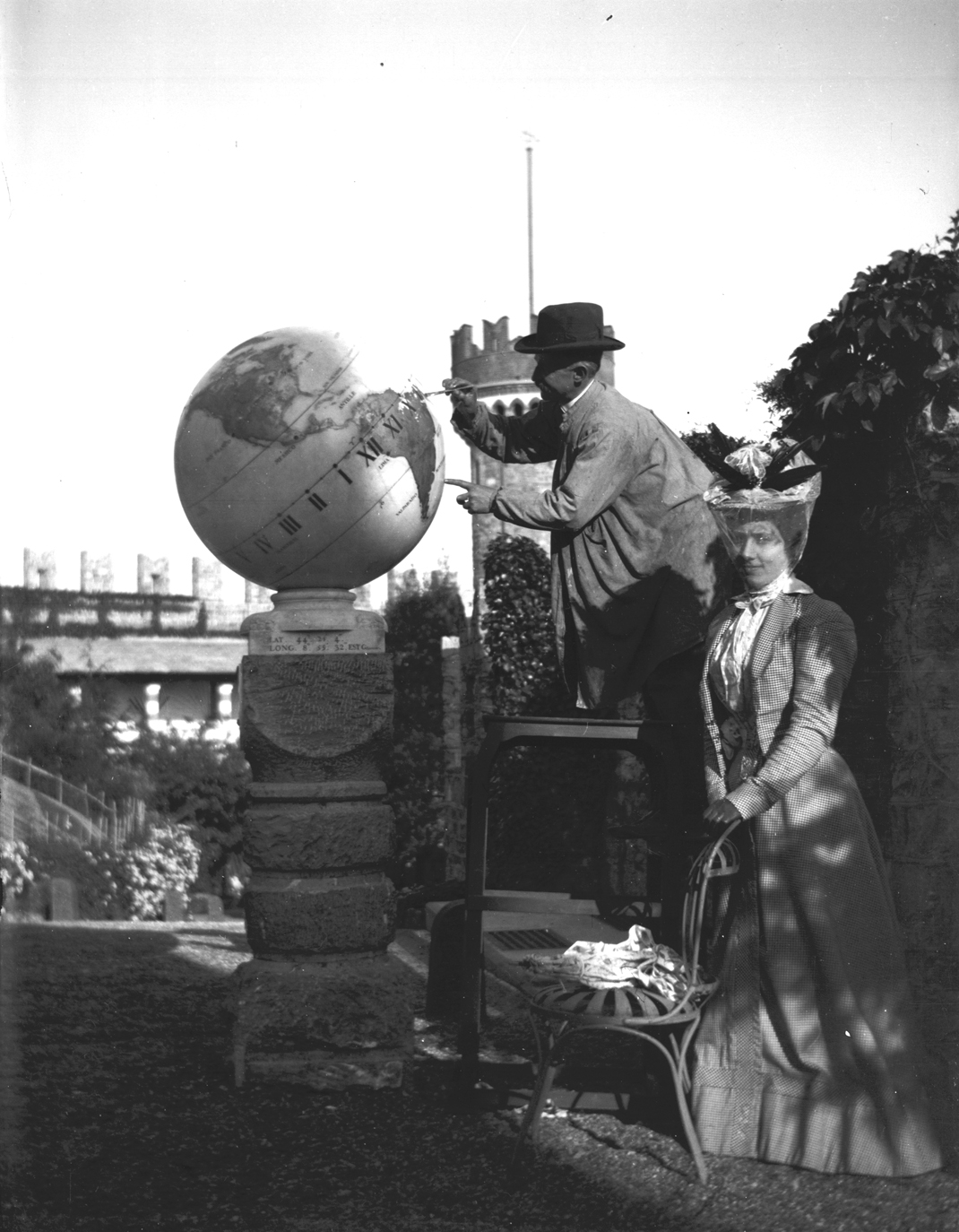
Click here to view image
Author/ School/ Dating:
Globular marble sundial, the faithful painter Delle Piane at work
Back to Focus:
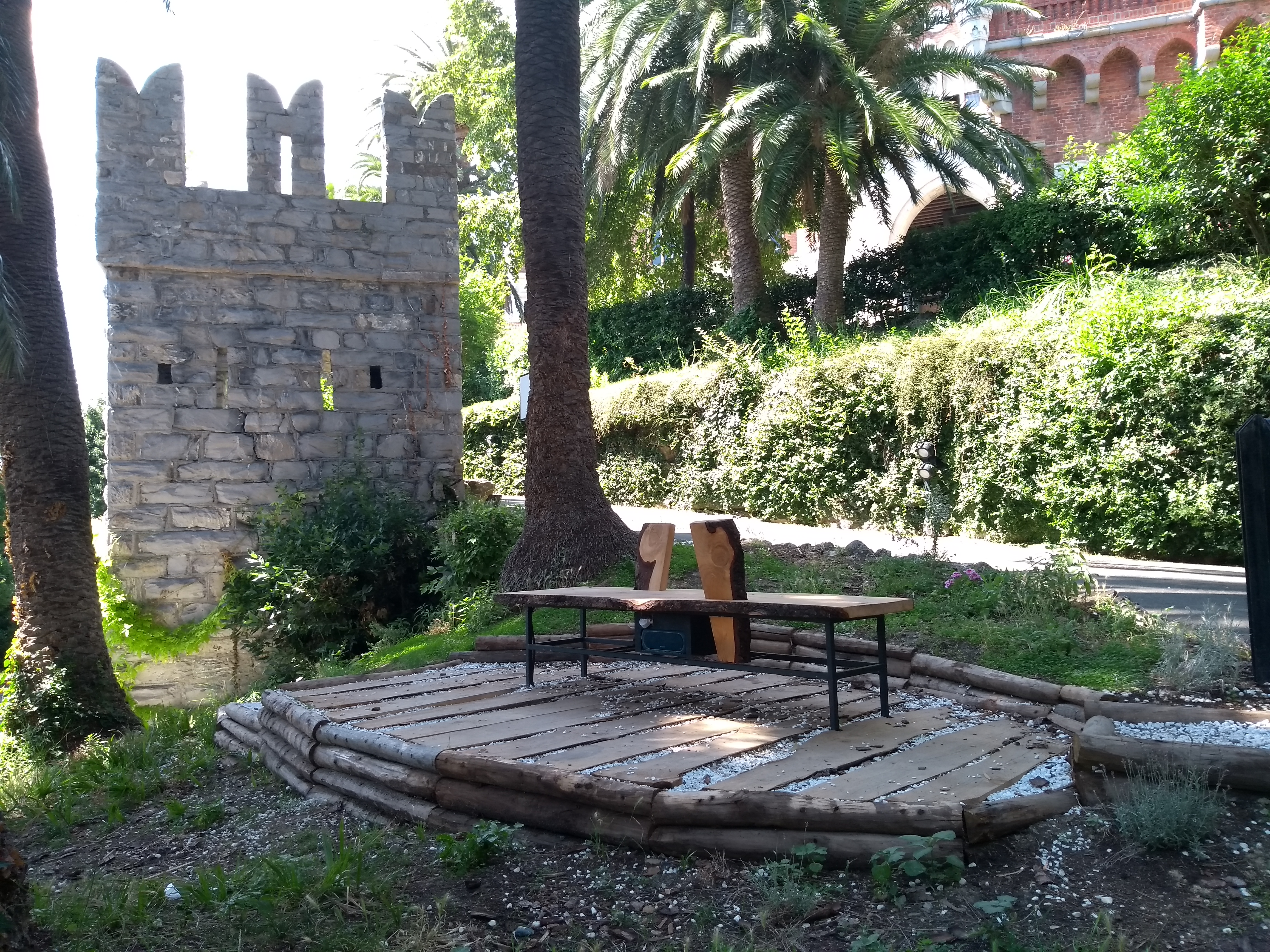
Click here to view image
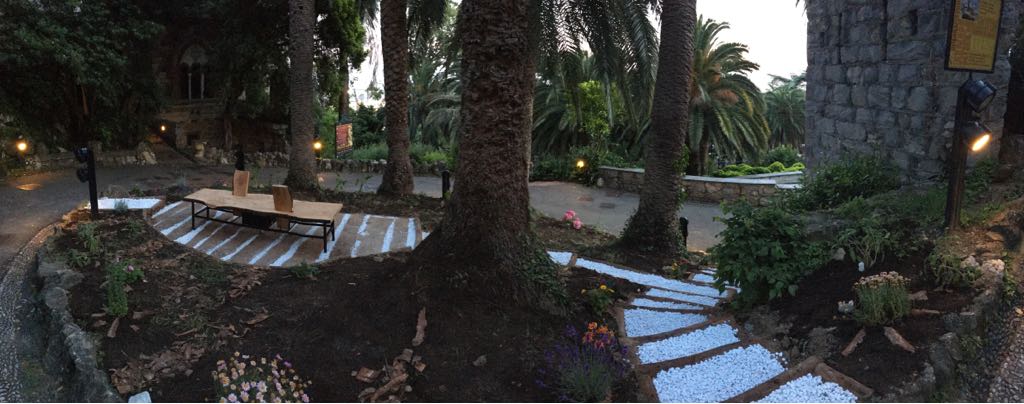
Click here to view image
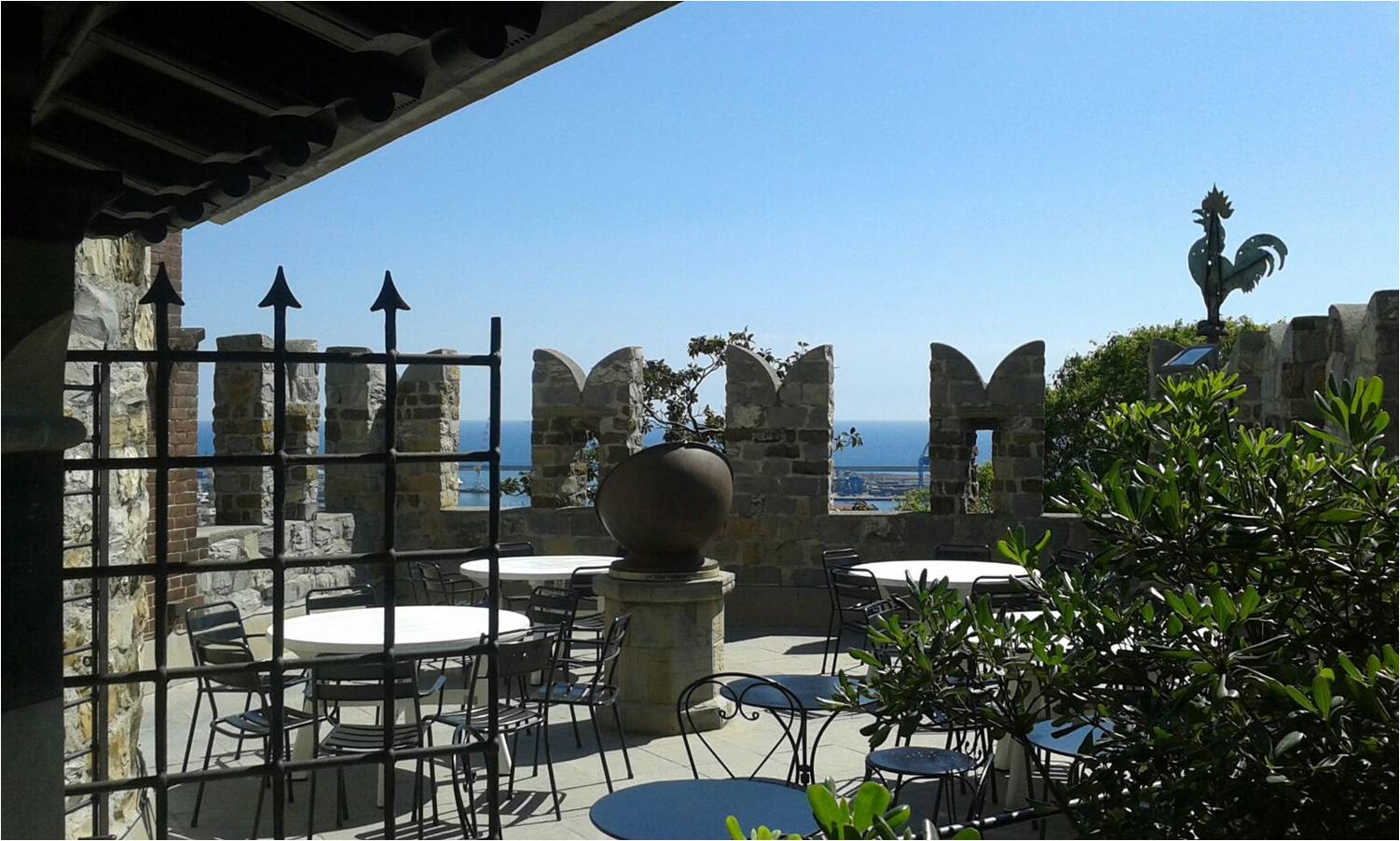
Click here to view image
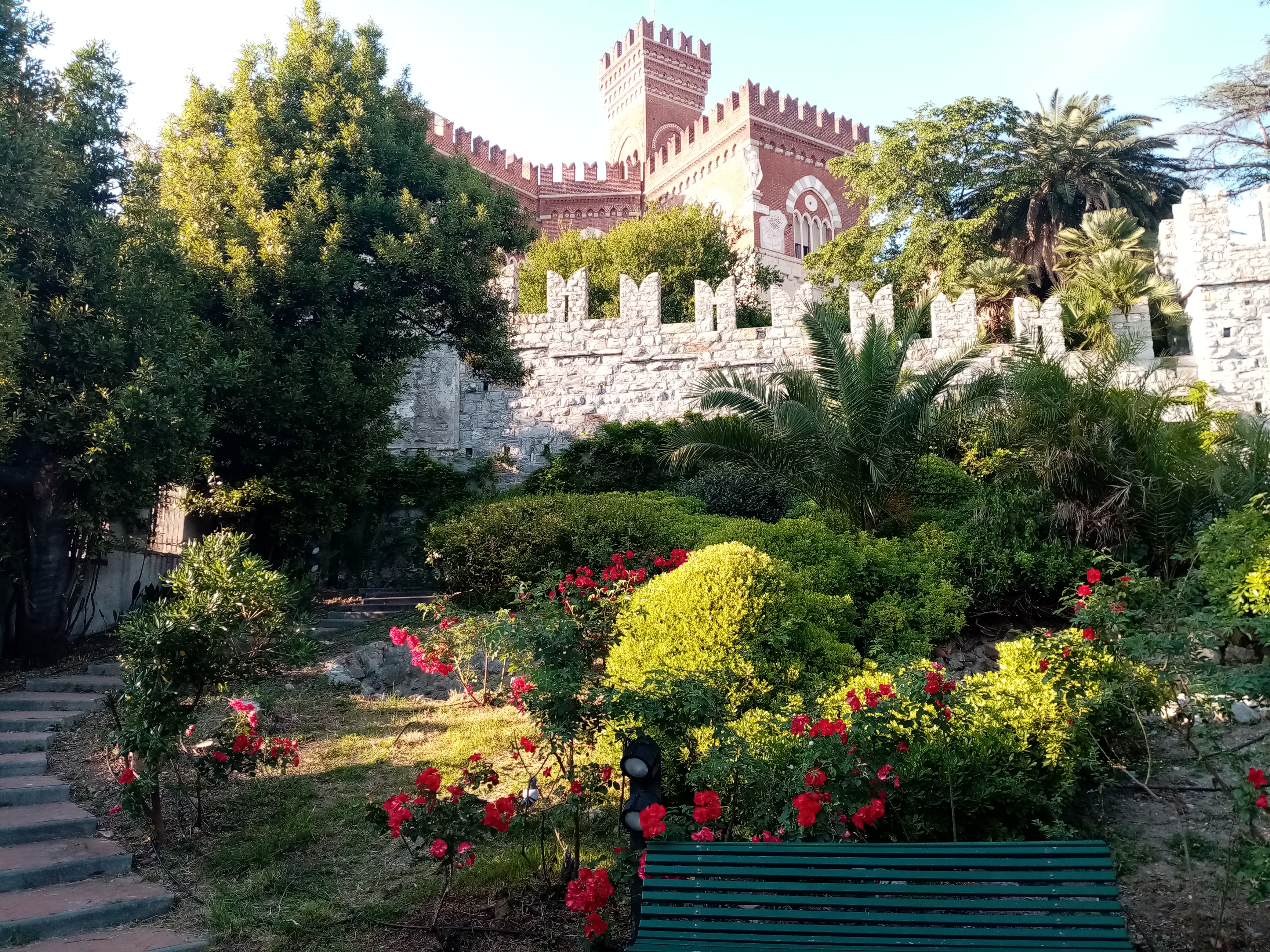
Click here to view image
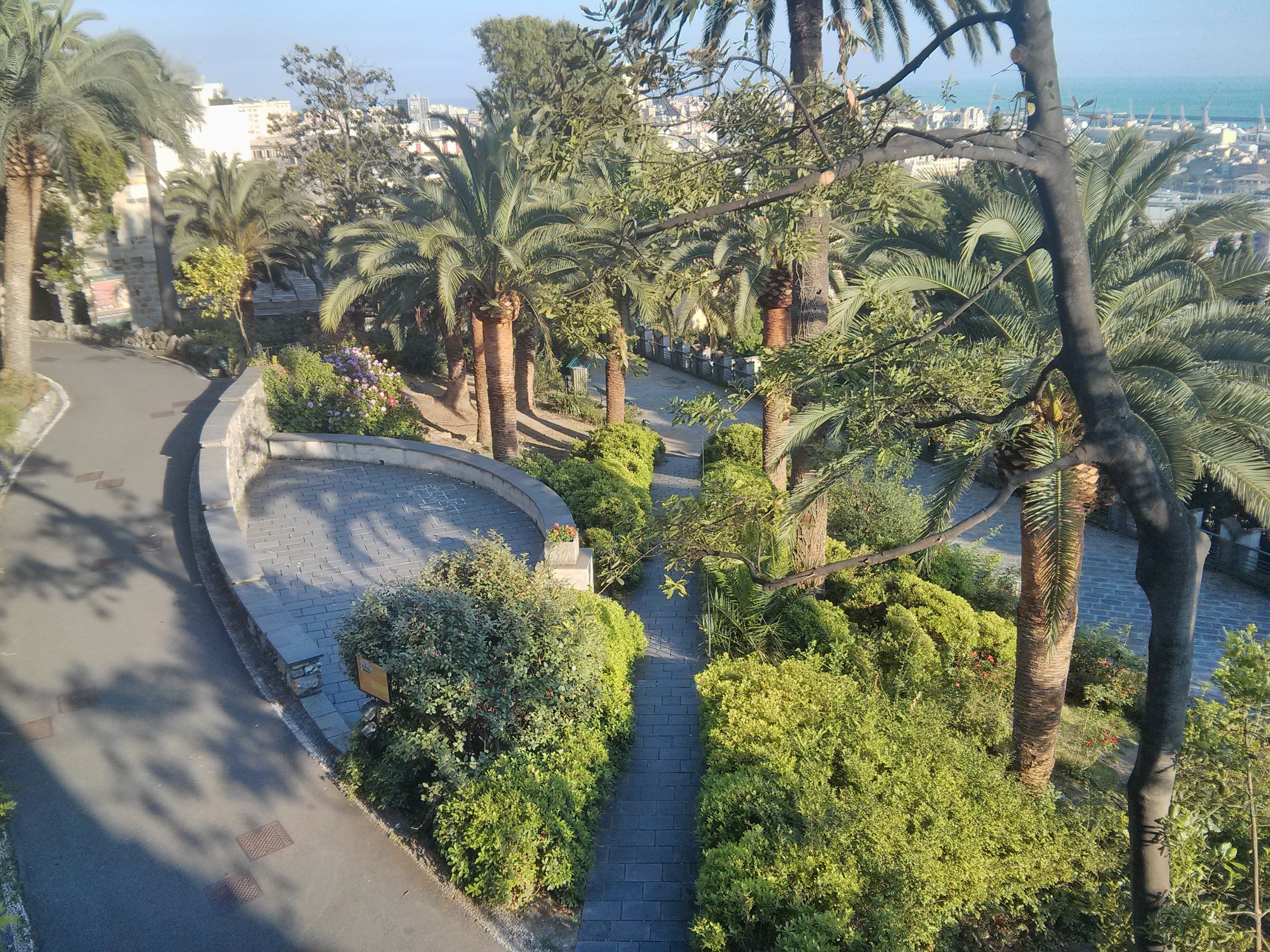
Click here to view image



